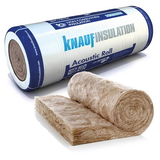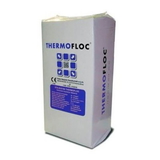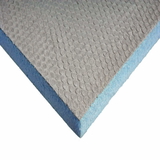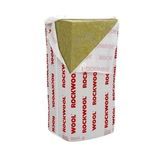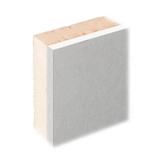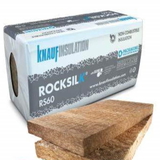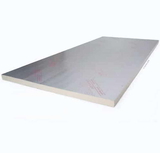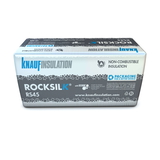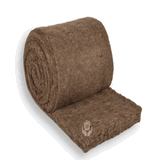- Blogs
- Decoding Internal Wall Insulation
Decoding Internal Wall Insulation
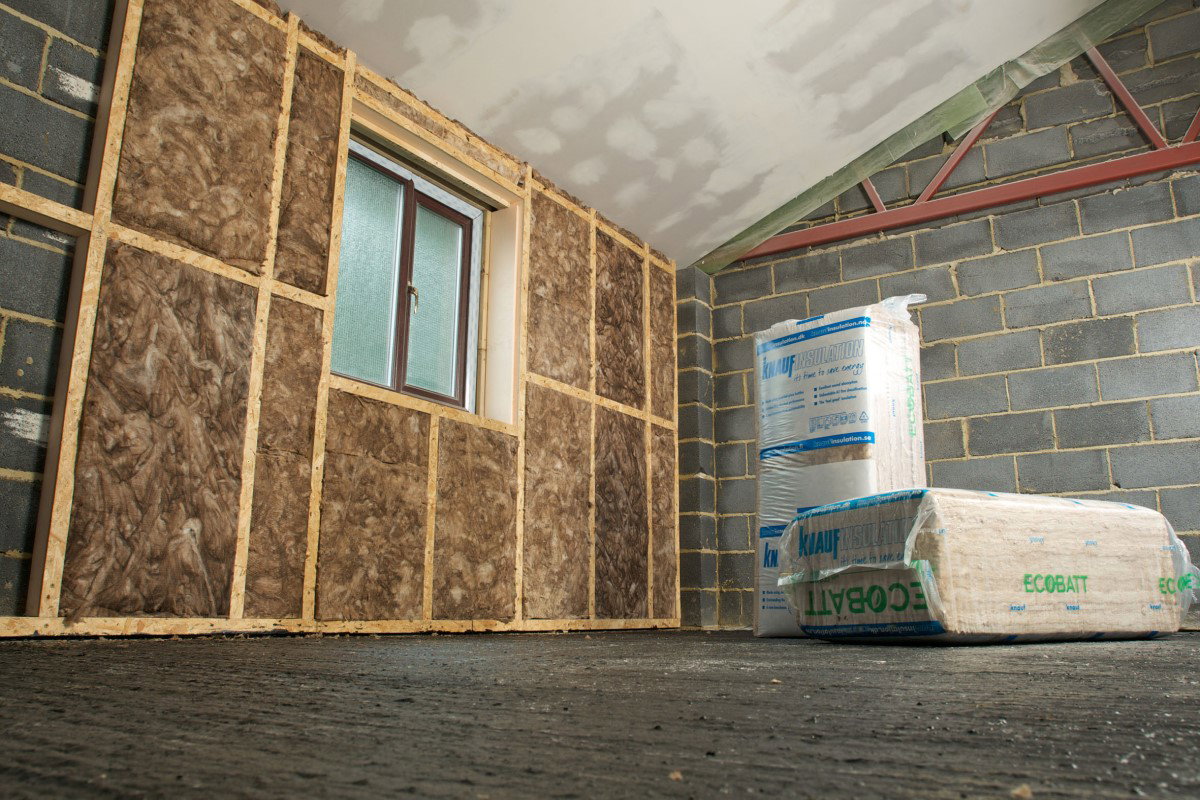
We all know the benefits of insulation. In this blog, we will be discussing all about internal wall insulation. We will focus on its benefits, insulation materials used, installations, cost of insulating internal walls, the hassle involved and much more.
Let’s start with some basics:
What is Internal Wall Insulation?
Basically, it is insulating the inside of the external walls in a building. Internal wall insulation often runs from the bottom of the ground floor all the way up to the ceiling and continues to meet with the roof insulation. It improves the thermal performance of a building, helps keep heat in and saves both money and energy. It is also called drylining in some cases. It is typically bonded or screwed to the walls.
Depending on the type of building, there are many ways in which you can insulate internal walls. We will go into detail below.
Is Internal Wall Insulation Worth It?
Investing in wall insulation is an excellent way to keep your indoors comfortable while cutting down on your heating and cooling bills. Without adequate wall insulation, you will be losing nearly 35% of the heat from your building, which is not ideal.
Internal wall insulation also keeps your home cool in summer. It improves your EPC rating and makes your home more energy-efficient. Internal wall insulation does not change or affect the outward appearance of your building. So yes, internal wall insulation is definitely a worthy investment.
Who needs Internal Wall Insulation?
Your home is ideal for solid wall insulation if:
- The house you live in was built in the early 20th century. This probably means you have cavity-free solid walls. To check if you have one, measure the thickness of the bricks in your walls through the door or window. If they are less than 260mm, you are likely to have solid walls. Another way to know if you have solid walls is to observe the brick pattern. If you consistently see entire bricks followed by half bricks, then you have solid walls. Full bricks mean cavity walls.
- You have cavity walls but cannot insulate them as you live in windy, driven rain areas.
- If your external wall is damaged and not fit for insulation.
If you meet any of the criteria mentioned above, you have solid walls that must be insulated. In most cases, you have the option of doing this internally or externally. Internal wall insulation is cheaper, but you can lose the much-coveted floor space when you insulate internally.
How can insulate Internal Walls?
You can insulate internal walls either way:
1. Drylining:
Wall insulation materials are fitted between battens fastened to walls. They are then covered with plasterboards. This method is ideal if your internal walls have a lot of fixtures fitted to them.
2. Using a stud wall to add insulation 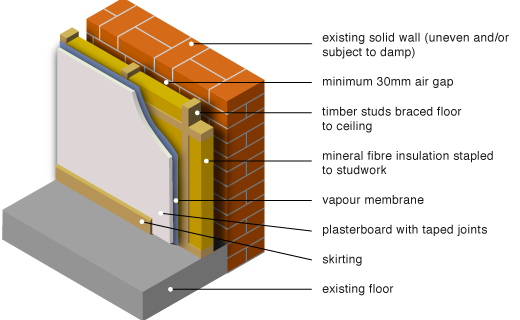
This technique entails building a fresh stud wall made of wood or metal. The stud wall is fixed to the supporting wall. The space between these is filled with mineral wool insulation batt and covered with plasterboard. Stud wall insulation is the most commonly used method to insulate internal walls and is also the cheapest. However, it also means losing floor space and having to remove and reposition radiators and their pipes.
3. Thermal Wallpaper
A thermal liner is essentially a thin material made of textile fibres and wood fibres, that can be applied in the form of rolls, similar to how thick wallpaper. They help retain heat indoors. It is applied to the wall using a glue-like adhesive. It is not the most effective solution and the finish may not be acceptable to some people.
Internal wall insulation ideas
1. Insulation Batts and Plasterboards
Stud wall insulation is the most cost-effective way to insulate internal walls. You can construct a single-facing stud wall made of wood or metal and attach it to the existing wall. To insulate the space between the framed work, you can use insulation batts like RWA45, Knauf Rocksilk RS45 or Rockwool Flexi. these insulation slabs have a low thermal conductivity that helps prevent heat loss. In addition to thermal insulation, they also have superior soundproofing properties, which helps keep the noise out. Insulation rolls like Knauf acoustic roll or Superglass APR can also be used to insulate stud walls.
To further improve the insulation in your wall, stud walls can be covered with insulated plasterboards like Celotex PL4000 or Xthertherm Thermal Liner or other rigid insulation boards. A major drawback of stud wall insulation is that it consumes more floor space. A major advantage of insulating internal walls with the stud wall approach is that they can increase ventilation and lower dampness problems.
2. Rigid Insulation Boards
If you want to insulate using rigid insulation boards, you can opt for insulated plasterboards like Knauf XPS laminate, Xtratherm Thermal Liner or Celotex PL4000. These insulation boards give you the benefit of drylining and insulation in one product. In Knauf XPS, the high-performing XPS insulation is backed onto the plasterboard, while in the Xtratherm Thermal Liner and Celotex board, the PIR comes in conjunction with plasterboard. 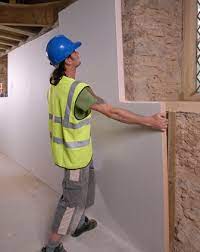
These insulation boards range in thickness from 27 to 72 mm. They are plastered to your brick wall and then secured in place with additional fasteners like screws. All joints of the boards are sealed to make sure there is no gap in the insulation. These are best used on flat walls. If your wall surface is uneven, then rigid boards might not be the way to go.
What is the cost of Insulating Internal walls?
Depending on the size of your home, the type of insulation used and your insulation contractor, you can expect to pay between £40 and £60/m2. The cost of internal wall insulation is frequently less than half that of external wall insulation.
We recommend contacting certified installers who will be able to help you with internal wall installation and material selection.
What is the Building regulation for Internal Wall Insulation?
For your home to be compliant with the Building Regulations, specific airtightness and heat loss standards must be met. Building regulations have set up new targets of U-value in order for England to achieve the carbon neutrality goal.
When considering installing internal wall insulation, it's crucial to speak with Building Control and find out what U values you are required to meet. Current Building Regulations prescribe a minimum U value of 0.2W/m2 and a maximum U value of 0.3W/m2, respectively. Installing at least 100mm PIR boards from Celotex or Xthatherm can help you achieve these values. For old buildings, the current U-values for internal wall insulation stand at 0.7 W/m2K. More information can be found in Document L.
What is the pre-requisite for internal wall insulation?
Before you think about insulating the internal walls, you must ensure that any and all problems relating to moisture are addressed. If you install insulation without checking for previous damages, the insulation added will be of no use. In fact, it will increase the moisture problem resulting in moulds and whatnot. Therefore, before adding any wall insulation, it is a must to do a pre-installation check to identify any pre-existing moisture issues.
Your contractors will be able to help you with these. Additionally, if you have a pre-existing mould problem, you'll want to hire a mould remediation company to get rid of the affected areas before installing insulation. These professionals are trained to clean mould, lead, and other contaminants.
Does Internal wall Insulation cause damp Issues?
Solid walls usually let the walls breathe. Continuing with this “breathable” approach, if you insulate the walls using foil-faced insulation boards, you may be inviting trouble. PIR boards have foil facings, which do not let vapour pass through easily.
This can in turn lead to the accumulation of moisture behind the boards resulting in moulds and other issues. By using breathable insulation like mineral wool insulation batts, water passes through easily, thus preventing dampness and moulds. That way you can keep moisture accumulation at bay.
Installing internal wall Insulation
Unless you are a proficient DIYer, we do not recommend trying out the installation yourself. Contact professional and certified installers for the job. They will guide you through the materials options and install internal wall insulation according to the building regulations.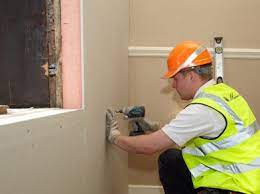
Will internal Wall Insulation cause disruption?
Internal solid wall insulation is quite a big project and it will obviously be taking place inside your home, so a little disturbance is inevitable. Your installer should inform you of any specific concerns, however, some things to think about are:
- Fixtures like plug sockets, radiators etc will be removed temporarily. They will need to be reattached afterwards
- Furniture and other items may need to be temporarily removed as well.
- The job will result in dust and noise.
- You may be asked to vacate the premises temporarily.
What are the disadvantages of Internal wall insulation?
Despite its benefits, Internal wall insulation has some disadvantages, like:
- You will have less floor space inside your home.
- There is a higher probability of dampness issues, so be extra careful while choosing the insulating materials.
- The process of installing internal wall insulation is disruptive and you may be required to move out.
- In contrast to external wall insulation, it is less effective.
In Conclusion:
Internal wall insulation has its pros and cons. Speak to the Building control and contact certifies professionals to get the job done. For top-quality wall insulation materials like slabs and boards, visit Buy Insulation Online. We stock trade quality products like RWA45, RS45, RS60, Celotex boards, and Insulated plasterboards that will help improve your indoor comfort.
Buy Insulation Online also supplies quality loft insulation, valve covers, pipe lagging, duct insulation and more. We also plant a tree per order for free and protect 5 existing trees in the rainforest, thus helping you reduce your carbon footprint.

Samuel Hitch
Managing Director
Buy Insulation Online.
Leave A Reply
Your feedback is greatly appreciated, please comment on our content below. Your email address will not be published. Required fields are marked *
